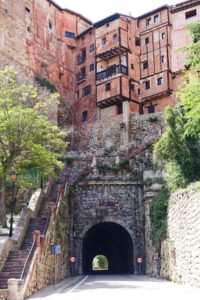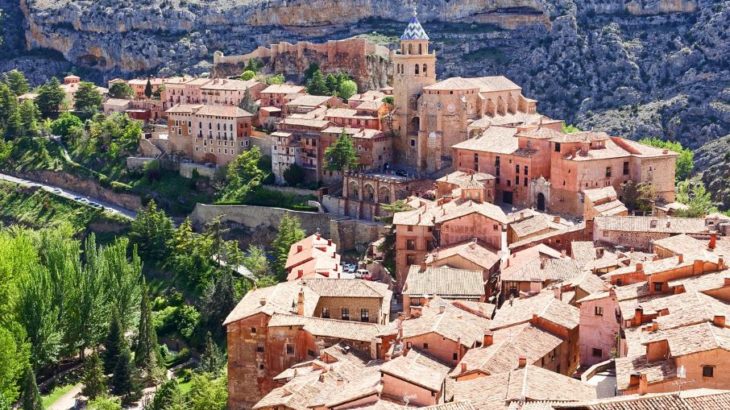The adventure continues! Having spent my first 10 weeks investigating the resilience of the British village of Wooler in the rural northeast of England, it’s now time to travel 2,000 kms by car to reach one of the most rural and scarcely populated areas in Europe. My destination is La Sierra de Albarracín (the Albarracín Mountains) in the Province of Teruel (Aragón, Spain).
In recent years, the spanish media have begun to pay closer attention to the most depopulated cluster of Spanish provinces in the centre of the Iberian Peninsula formed by Teruel, Cuenca, Guadalajara, Soria and part of Zaragoza, Burgos, Logroño, Segovia, Castellón and Valencia. Not without a certain spectacularity, the definition “Spanish Lapland” or “Lapland of the South” has come into being through several books devoted to the topic, and even due to a disheartening episode of the well-known Spanish TV documentary series “Salvados” presented by Jordi Évole, entitled “In No man’s Land”; an episode that, in my opinion, despite finally putting the spotlight on a problem of utmost relevance for European societies – the abandoning of (many) rural areas and the lack of opportunities for people who want to keep living there – put too much emphasis on the negative aspects, on the gloomy side, on the inevitability. It disregarded the number of positive examples of the struggles for a decent life undertaken by rural communities, the victories over depopulation and the demands for equality of the framework conditions for development – services, connectivity, taxation, and so on – that villages and rural communities deserve.
And that is why, guided by the metaphor that summarizes my doctoral project – “in search of the oases of development in remote demographic deserts” – I am setting course for Albarracín.
A Sierra [mountainous region], a geographical district, a Council District and what’s more a Village (with small town status?), all with the same name, which from a distance, and as a result of personal testimonies, documents and articles, promise to be incredibly interesting and revealing about the capacity for resistance and adaptation of the rural communities in a corner of Europe with a spectacular landscape.
 Will this turn out to be a resilient rural community? What geographic, cultural, historical, social or economic characteristics will be key to having stabilized the demographic decline and the lack of employment and life opportunities in the sierra? What role will key institutions and local leaders play? Which actors might be responsible for the dynamisation of ideas, projects and future visions for the area?
Will this turn out to be a resilient rural community? What geographic, cultural, historical, social or economic characteristics will be key to having stabilized the demographic decline and the lack of employment and life opportunities in the sierra? What role will key institutions and local leaders play? Which actors might be responsible for the dynamisation of ideas, projects and future visions for the area?
If you are interested in the answers to these questions, keep this blog on your watchlist. I’m really looking forward to settling in there and getting to know the residents in the sierra!
PS: I’ve been invited to the cultural conferences at Cuevas de Cañart (near Castellote, Teruel) on 15 and 16 August to discuss the current and future development of the villages and rural areas with the local people. It’d be great to see you and get acquainted there!
